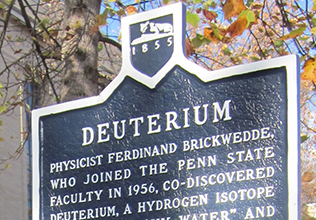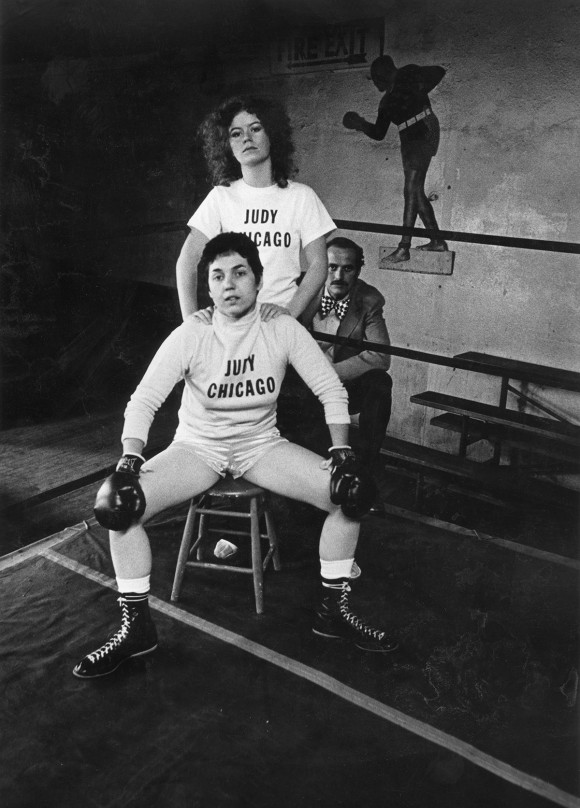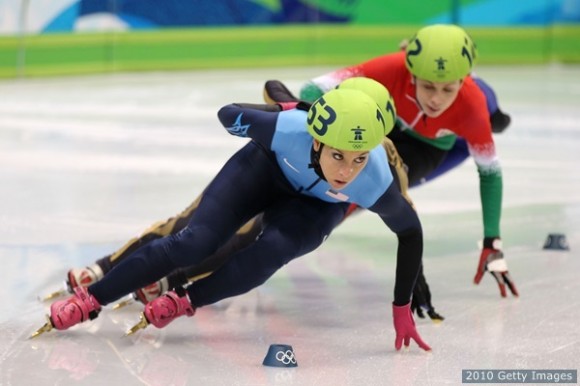“The Way is in the Heart,” an exhibition of publications from the Charles S. Prebish Buddhism Collection, is on display January 6 to March 6, 2015, in the Franklin Atrium, first floor Pattee Library, Penn State University Park. Charles S. Prebish will discuss his collection, “The Swans came to Penn State too,” on Wednesday, February 4, noon to 1 p.m., in Foster Auditorium, 102 Paterno Library.
 Prebish is professor emeritus of Religious Studies at Penn State, where he served on the faculty from 1971 until 2006. He is also Charles Redd Chair in Religious Studies Emeritus at Utah State University, where he served from January 2007 until December 2010.
Prebish is professor emeritus of Religious Studies at Penn State, where he served on the faculty from 1971 until 2006. He is also Charles Redd Chair in Religious Studies Emeritus at Utah State University, where he served from January 2007 until December 2010.
His formal training in Buddhist Studies initially centered on early Indian Buddhism, with special attention to the disciplinary literature known as “Vinaya” and the development of the monastic system. At Penn State he became interested in Buddhism’s development on the North American continent. He has published over twenty books and nearly one hundred articles and chapters on Buddhism.
In addition to his research at Penn State, he has been extremely active in a number of professional societies and was one of the initial officers in the International Association of Buddhist Studies. He is the co-founder of the Buddhism section of the American Academy of Religion and is considered a pioneer in the study of western forms of Buddhism.
With colleague Damien Keown, Prebish co-founded the “Journal of Buddhist Ethics.” He and Keown also created a project that focused on creating affordable eTextbooks for courses in Religious Studies. Known as the “Journal of Buddhist Ethics eBook Project,” it has made a major impact on textbook publishing in religious studies.
For more information on the exhibition and talk or if you anticipate needing accessibility accommodations or have questions about the physical access provided, please contact Jackie Esposito at jxe2@psu.edu or 814-863-3791.














